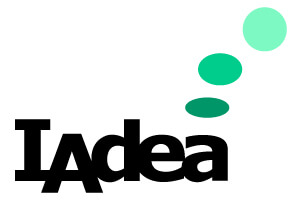At every recent digital signage tradeshow, “4K” or UHD (ultra-high resolution) is a heavily promoted feature for next-gen displays. Research firm IHS recorded 95% year-over-year growth in 4K screen shipment in 2015. This may be result of strong push from display makers to generate market demand for showing super-fine details on large displays.
For brand marketers, 4K with its 3,840-by-2,160 pixel resolution shows four times as many details as today’s mainstream 1080p full-HD screens, making the technology a perfect tool to make natural texture realistic and crystals sparkle. 4K-enabled products command the premium price tier for the value they offer.
However, many users find it confusing when they receive a supposedly 4K player and discover that it does not really perform as expected!
It May Play 4K Videos, but Shows Fuzzy 1080p
Some media players, such as the “Remix Mini” device launched on Kickstarter, claim that they play (decode) 4K video files but are only able to show 1080p on the display. What a tricky word play of the technical specification!
One should not be surprised if most of the sub-100-dollar media sticks in the market belong to this group. Most of these devices use sub-standard display driver chips to cut cost. As a result, performance becomes greatly limited.
It May Play 4K Videos, but not Pictures nor Web Pages
Then there are media players that indeed play 4K videos perfectly, but not if you mix in pictures and HTML5 web pages. It is surprising that many legacy 4K devices fall into this group. What’s the logic behind such a shortcoming if the player is already capable of playing back 4K videos smoothly?
Digital signage players derived from TV set-top box technology often uses a dedicated 4K video decoder hardware to achieve the needed performance, but applies inadequate design for the remainder of the system to reduce cost. In order to reproduce 4K for not only the video but the entire graphics system, a media player must be equipped with 4-times more memory and circuit bandwidth, which translate into inflated costs. Mass market media players often cut corners here.
True 4K is Becoming Available
A new generation of 4K media players, such the IAdea XMP-7300, delivers true 4K performance for video, graphics, as well as HTML5 contents. Its circuit board design provides ample high speed memory as well as multi-channel data paths to enable four times more output compared to legacy 4K players. Complementing the high performance is advanced thermal design to keep the unit running cool even without a fan. The tightly integrated system is a small, palm-sized device that delivers brilliant ultra-high resolution content while maintaining 24-by-7 reliability.
True 4K Solves Content Authoring Problems
One of the greatest benefits of True 4K is to simplify digital signage content creation. Today the production cost of 4K video is multiple times higher than 1080p, due to the lack of licensable stock footage and requiring expensive video capture and editing tools.
By enabling True 4K HTML5 capability, digital signage users can now quickly generate extremely high quality, pixel-perfect content without spending a great deal of money. HTML5 templates can create animated sales promotion signs and digital menu boards quickly and inexpensively.
Make sure your next media player is a True 4K device, so your digital signage network will be future ready and future proof.

